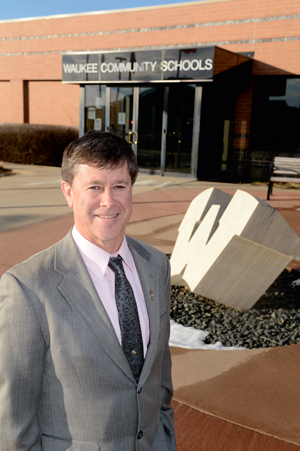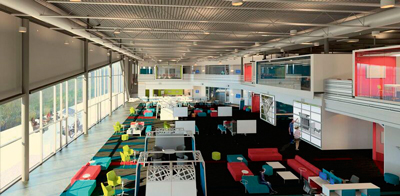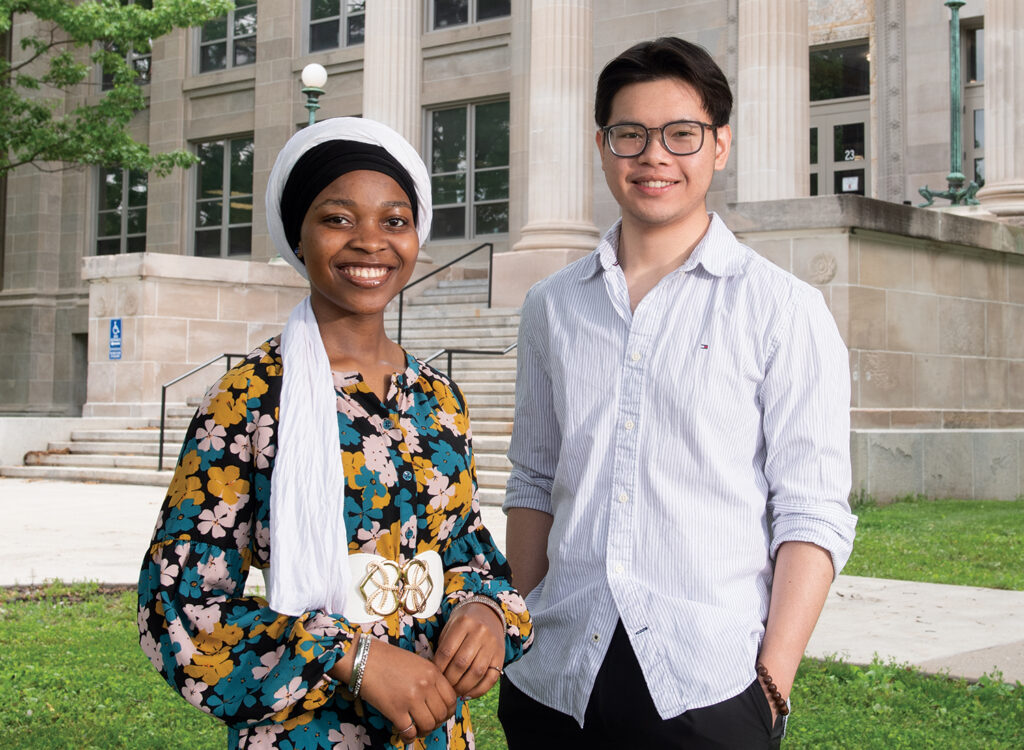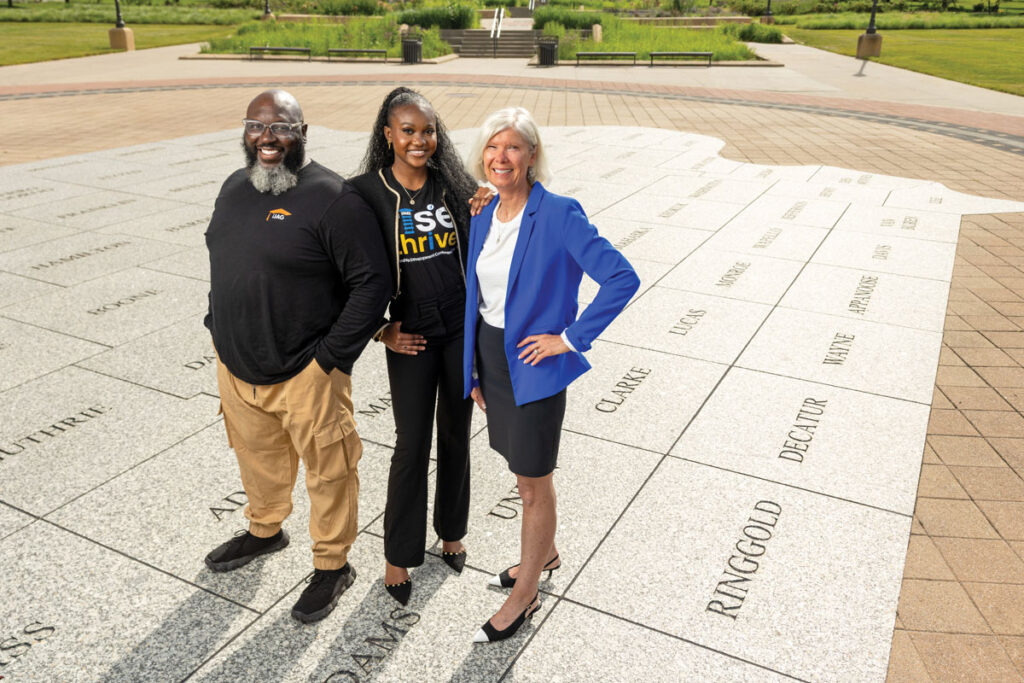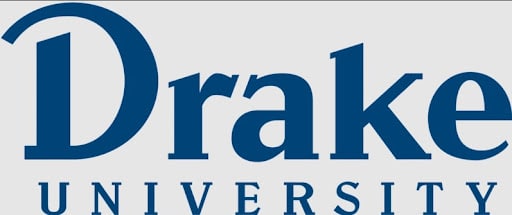A Closer Look: Dave Wilkerson
Superintendent, Waukee Community School District

When Dave Wilkerson was hired by the Waukee Community School District in 1994, the district had just opened its third building and had just under 1,100 students enrolled. Last year, the district, which has had 23 consecutive years of enrollment growth, added some 700 pupils and now has more than 9,300 students and is preparing to open its 11th elementary school. Wilkerson is particularly excited about the district’s 2-year-old Aspiring Professional Experience (APEX) program, which embeds some 250 students with key Central Iowa employers. Next fall, the district will open the Waukee Learning and Innovation Center, which will accommodate 500 students taking part in the APEX program. Under Wilkerson’s leadership as superintendent since 2004, Waukee schools have added more than $130 million in facilities while educating students at the lowest per-pupil cost in the state.
What are the hot topics for the Waukee school district right now?
Much like a lot of the state, obviously, school funding is a hot topic. We’re just diving into the budget process for the 2016-2017 school year, and with the funding we’re projecting, we’re going to have to make some cuts. That’s at the top of the list right now, because we’ve been kind of paring back over the last five to six years due to state funding, and we’re getting to the point now where we’re going to have some programming cuts, some of the meat of what we do as a district, and that’s never fun.
Do you find it frustrating that your funding isn’t keeping up with growth?
It is; it’s frustrating. … Because of the way we’re funded, in essence I have about 700 students I’m not receiving any funding for, because the funding always lags a year. There are 160 school districts in the state with fewer students than (700). So we’re educating the equivalent of a school district without any funds. You couple that with exceptional growth over the years, and there’s a cumulative effect that takes place over time with low increases in state funding. … We have reserves in place and we could not make cuts, but three years down the road, we’d be in trouble, and we refuse to put ourselves in that position.
Tell me about the APEX program.
We embed a classroom of students and the instructor in a business for a half day. They perform real-world projects for that business. … So we’re trying to help meet some of those workforce needs and give our students exposure to what the jobs are really like. I tell people, you can’t replicate that in a classroom. Every business partner we had last year signed up to be a partner this year, and we’re doubling (the courses offered). We have nearly 250 students participating. We’re also building a facility to help support this programming.
What sort of technological advances has Waukee made?
There is a lot more technology in our buildings than there’s ever been. Our ratio of computers to students is around 1-to-4, and you’ll see technology deployed in different ways across the district. We employ six technicians across the district; when I first started with the district 22 years ago, those were positions that didn’t exist. We spend tens of thousands of dollars on Internet access. So technology has brought with it a lot of other costs that previously didn’t exist.
What do you see as some of your biggest accomplishments as superintendent?
I don’t know that I would say they’re my accomplishments; anything accomplished has been a group effort. When I was a coach, I always said I wanted assistant coaches who were smarter than me. That’s kind of the same philosophy I’ve had here: Just find the talent and then give them autonomy to do the work.
What’s next your professional agenda?
I’m a runner, and in the past 22 years, I feel like I’ve been running a 100-meter dash. We’ve never had the opportunity to stop and rest. I’m getting to a point where I think there may be some other things I want to do. I don’t see myself here in 2021 (when the second high school is scheduled to open).
Do you still run?
I do. I’ve been running since I was 14. It’s a great stress reliever for me. I also like to hunt; I grew up on a farm in eastern Iowa. My wife and I purchased the 180 acres I grew up on 15 years ago. We’ve done a lot of habitat restoration on it; that’s kind of a hobby.
Waukee’s new school will house student business program
|
|
Senior staff writer Joe Gardyasz last month wrote about the new school that Waukee is building to house a program in which high school students study and work in businesses. Here is a summary of that story on BusinessRecord.com. |
The Aspiring Professional Experience (APEX) program provides nearly 250 students with real-world experiences at professional firms such as Shive-Hattery Inc. and LightEdge Solutions Inc.
Seven classes — from information management design to exploration of health sciences and medicine — enable students to work on real-world projects and earn community college credit during half-day sessions at the workplaces.
A 66,000-square-foot Waukee Innovation and Learning Center is under construction at the intersection of Southeast LA Grant Parkway and Ashworth Road in Waukee. When it opens, it will hold about 500 students and relieve some of the crowding at Waukee High School.
The nearly $20 million facility “doesn’t look like a school, and it won’t feel like a school,” Superintendent Dave Wilkerson said. In addition to providing a studio format where students can meet, the center will also provide flex space that can be used by business partners as well as for higher education classes offered by Des Moines Area Community College and other institutions.
“What drove this was facility needs, because we’ve been growing so rapidly,” he said.
The new innovation center will augment APEX with a new anchor space in which to conduct classes.
APEX was developed two years ago from recommendations made by a 40-person study committee that was asked to explore how the district could meet its needs for high school facilities, with a focus on developing innovative programs to fill unmet needs.
The program now has more than two dozen business partners that provide expertise within their industries for five professional strands: financial and insurance; business, technology and communication; engineering; human services; and bioscience and value-added agriculture.
“It’s just some pretty amazing experiences,” Wilkerson said. “I get pretty wound up about this, because it’s helping transform the high school experience for kids.”

